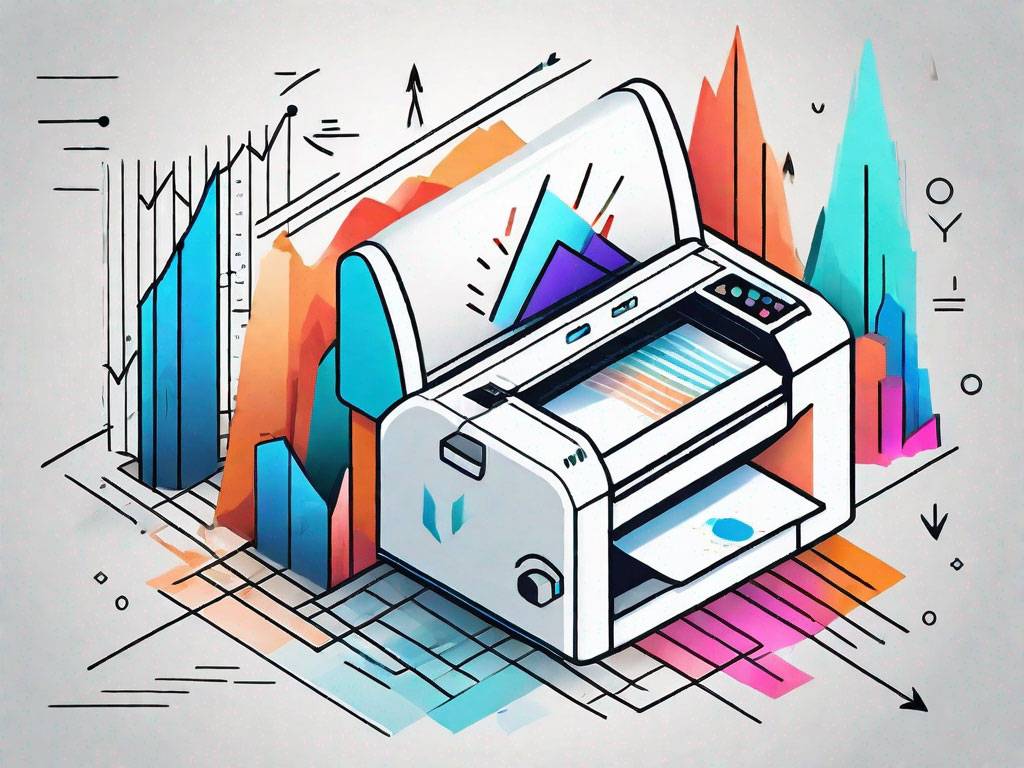Investigate trending design ideas that work well with print on demand products.
Investigate trending design ideas that work well with print on demand products.
Blog Article
Recognizing How Digital Printing Reinvents the Printing Industry
The printing market, long soaked in conventional techniques, is undergoing a radical improvement with the introduction of digital printing. With its prospective to spur engagement through individualized material and to supply lasting solutions, it's clear that digital printing is even more than a technical advancement; it's a crucial video game changer.
The Advancement of Digital Printing: A Short Summary
Because its beginning, digital printing has actually gone through significant changes, continuously revolutionizing the printing market. Its evolution started with the growth of xerography in the mid-20th century, a process which laid the groundwork for printer. With the advent of the 90s, digital printing technology started to mature, and the market experienced the introduction of straight imaging presses, which eliminated the need for publishing plates. As the new millennium unfolded, improvements in modern technology even more stimulated the development of digital printing, causing the development of high-speed inkjet printers. These tools supplied superior high quality and rate, for life altering the landscape of the sector. Today, digital printing stands as a testimony to human advancement, continuously developing to meet the ever-changing needs of the contemporary world.

Unboxing the Innovation Behind Digital Printing
Looking into the complexities of electronic printing modern technology, one encounters a rich tapestry of sophisticated equipment and complicated formulas. At the heart of this procedure lies a digital picture, which is processed by software that separates it into a grid of dots. These dots are then converted into an electronic code. This code is interpreted by the printer, which utilizes it to specifically deposit droplets of ink onto the substratum. The beads are so little and precise that they produce an image that is practically tantamount from the initial. This intricate system, reinforced by sophisticated software program and high-resolution imaging, has actually changed the landscape of the printing market, leading the way for unmatched levels of detail and accuracy.

The Advantages of Digital Printing for Organizations
Comprehending the modern technology behind electronic printing gives a clear picture of its accuracy and detail. Electronic printing is ecologically pleasant, utilizing much less ink and creating less waste. The full capacity of electronic printing is realized when explanation utilized for customization and customization, a topic that will certainly be covered in depth in the following section.
The Role of Digital Printing in Customization and Personalization
While conventional printing approaches fight with modification and personalization, electronic printing masters these locations. It enables the easy modification of designs, without the need for costly and lengthy plate modifications (print on demand). This enables organizations to customize products to specific consumers, conference details needs and boosting client contentment
Digital printing also permits variable information printing, where aspects such as text, graphics, and images might be changed from one printed item to the next, without reducing the printing procedure. This is particularly beneficial for direct marketing campaigns, where tailored messaging can dramatically improve action prices. This way, digital printing not just revolutionizes the printing market yet also transforms the way companies interact with their consumers.
Analysing the Environmental Influence of Digital Printing
Although electronic printing has actually been admired for its duty in modification and customization, it is vital to examine its ecological influence. Digital printing can be less inefficient than standard techniques, since it operates a 'print as needed' basis, removing the need for big print runs that can result in excess and waste. Furthermore, it uses fewer chemicals and produces less unstable organic compounds (VOCs) compared to counter printing. The power usage of digital printers can be high, leading to increased carbon footprint. The use of non-recyclable printing parts and the difficulty of e-waste monitoring posture significant ecological problems. As a result, while digital printing has lots of advantages, its environmental effect should be diligently managed.
Verdict
In final thought, electronic printing has actually transformed the printing industry, offering fast, affordable, and top notch services click for more - print on demand. Recognizing these changes is essential for companies to leverage read the full info here the advantages of digital printing properly.
Report this page